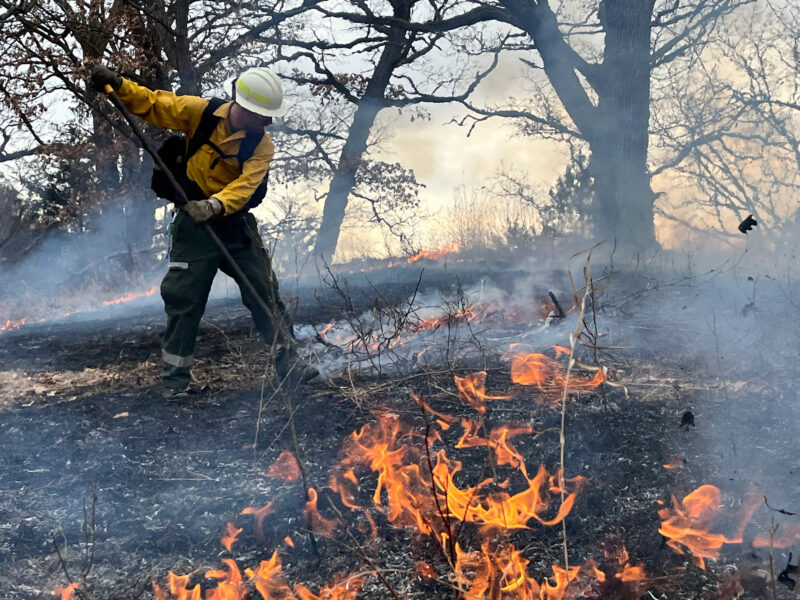In the realm of fire safety engineering, the ability to predict how smoke and heat propagate during a fire event is paramount. Enter the Fire Dynamics Simulator (FDS), a sophisticated computational fluid dynamics model designed specifically for this purpose.
Utilizing fundamental principles of physics and chemistry, FDS simulates the intricate interactions between heat release, smoke, and airflow in a three-dimensional space. Imagine a virtual environment where fire spreads and smoke billows, all meticulously calculated to reveal potential hazards and facilitate effective evacuation strategies.
By harnessing the power of FDS, engineers and safety professionals can anticipate the behavior of fires and develop mitigation strategies that ultimately save lives. The journey from a flickering flame to an uncontrollable blaze is complex, but with FDS, we gain clarity and insight, transforming chaos into comprehensible data.
This article explores the innovative mechanics behind FDS and its crucial role in safeguarding lives and property from the devastating impacts of fire.
Key Principles of Fire Dynamics

Fire dynamics is anchored in several key principles that illuminate how fires behave and interact with their surroundings. First and foremost is the concept of combustion, where fuel, heat, and oxygen converge, leading to an exothermic reaction that fuels the blaze.
Heat transfer, a critical element, occurs through conduction, convection, and radiation, allowing fire to spread and impact nearby materials. Moreover, the role of ventilation cannot be understated; the amount and direction of airflow can dramatically alter a fires intensity and trajectory.
Additionally, the characteristics of the burning materials—whether they are solid, liquid, or gas—shape how smoke and heat are generated and dispersed. These principles interconnect in dynamic ways, creating a complex interplay that fire dynamics models, like the Fire Dynamics Simulator (FDS), seek to replicate, providing invaluable insights for fire safety and prevention strategies.
Understanding these elements equips engineers and safety professionals with the knowledge to anticipate fire behavior, ultimately enhancing protective measures in buildings and other environments.
Fundamentals of Smoke and Heat Movement

Understanding the fundamentals of smoke and heat movement is essential for not only effective fire suppression but also for the safe evacuation of occupants during a fire event. When a fire ignites, heat generates from the flames, causing the surrounding air to rise and establish a dynamic thermal plume.
This plume interacts with cooler air, creating a complex flow pattern that carries smoke upward and outward. The physics of buoyancy, coupled with the influence of obstacles and ventilation openings, dictates how smoke travels through space.
As hot gases ascend, they expand and can fill even the most confined areas before making their way back down when cooled. Meanwhile, smoke, laden with toxic particles, can descend under certain conditions, creating a hazardous layer that can engulf spaces unexpectedly.
This interplay of thermal and flow dynamics forms the core of fire behavior, making it imperative for tools like FDS to model these variables with precision.
FDS Modeling Features

Fire Dynamics Simulator (FDS) boasts a rich array of features designed to meticulously model the behavior of smoke and heat within a fire environment. At its core, FDS employs computational fluid dynamics to simulate the interplay between heat and fluid flow with astounding precision.
Users can manipulate a variety of parameters, such as material combustibility and ventilation effects, allowing for custom scenarios that reflect real-world conditions. The software integrates sophisticated algorithms to model temperature gradients, smoke propagation, and even the interaction of flames with different surfaces.
Additionally, FDS supports 3D visualization, giving users a dynamic perspective on fire dynamics, enabling them to anticipate how fires might spread and impact structures. This multifaceted approach not only aids in fire safety design but also enhances understanding for both researchers and engineers tackling complex fire scenarios.
Conclusion
In conclusion, the Fire Dynamics Simulator (FDS) serves as an invaluable tool in understanding the complex behaviors of smoke and heat movement during fire events. By simulating fluid dynamics alongside thermal dynamics, FDS allows researchers and engineers to predict how fires will develop and how smoke disperses, thereby enhancing safety measures in building design and emergency response strategies.
Its innovative approach not only aids in fire prevention but also maximizes the efficacy of evacuation plans and firefighting techniques. For those interested in further exploring this technology, click here and check CFD modelling to discover more about the advanced techniques that bolster fire safety and response.


